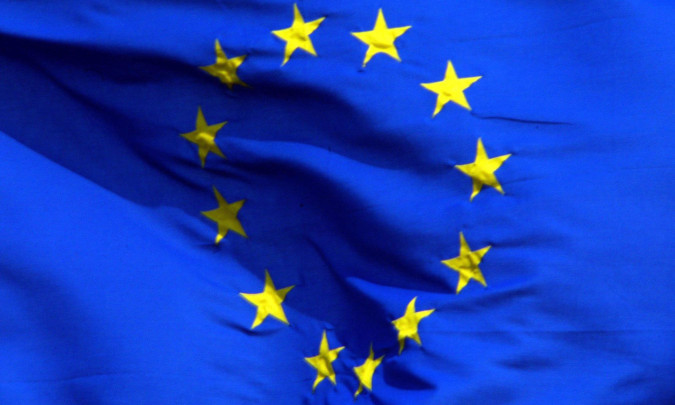There appears to be no legal barrier or point of principle to prevent an independent Scotland from joining the EU, while a prolonged process of accession would not be necessary, according to experts on constitutional change.
Joining the EU on the existing terms of the UK would simplify the process, but the Scottish Government’s proposed time-frame of 18 months is “too ambitious”, Holyrood’s European and External Relations Committee was told.
Experts also told MSPs that while it is unlikely that member states would veto Scotland’s membership, the country would face tough negotiations on issues such as the budget, agricultural policy and security and justice.
The committee was taking evidence from a trio of academics who have been examining the impact of independence as part of the Economic and Social Research Council (ESRC) programme.
It is just over a week since the Scottish Government published its White Paper which outlines its proposals for membership of organisations such as the EU and Nato.
The Government asserts that Scotland would join the EU as part of a transition process, with negotiations taking place from within the organisation in the period between a Yes vote in September next year and Scotland becoming independent in March 2016.
Professor Michael Keating, director at the ESRC Scottish Centre on Constitutional Change, backed this view but said a time-frame of two years or more is more realistic.
He said: “In the last few months we have made a lot of progress on this issue to the extent of saying there doesn’t seem to be an issue of principle, and there doesn’t seem to be a legal issue on this. But there are huge practical difficulties to be overcome.
“So it is the details of the negotiation that are going to be the difficulties.”
